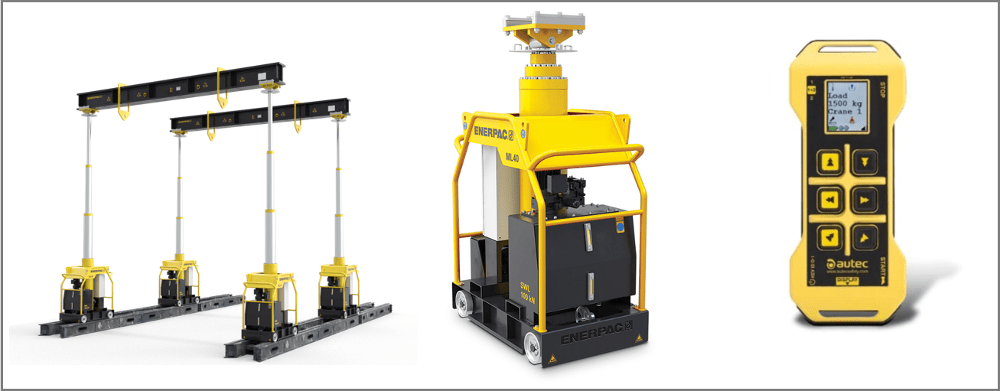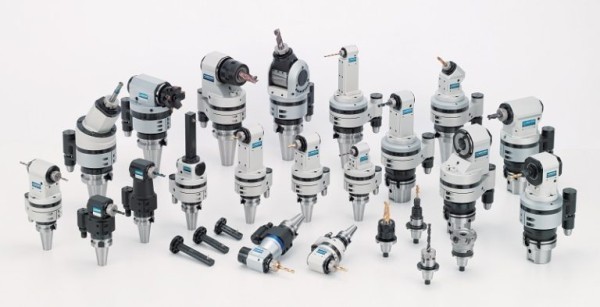Valves, serving as pivotal components in various industries, wield the power to control the flow of liquids and gases. From everyday household functions to intricate industrial processes, valves are indispensable. This article takes a deep dive into the magic of valves, shedding light on their diverse applications and the integration of geogrid technology for enhanced efficiency.

Demystifying Valves: Functions and Mechanisms
Valves, mechanical devices meticulously designed to regulate, control, or guide fluid flow, operate through actions like opening, closing, or partially obstructing passageways. Different mechanisms, such as ball, gate, globe, and butterfly valves, cater to specific purposes. The fundamental principle revolves around altering the pathway to either permit or restrict the flow as needed.
Exploring Valves in Different Industries
Valves find application in various industries, ranging from everyday use to critical industrial processes. Some common applications include:
a. Home Plumbing: Valves govern water flow in household plumbing systems, managing the water supply to faucets, toilets, and appliances.
b. Oil and Gas Industry: Crucial in controlling the flow, pressure, and direction of valuable resources during the extraction and transportation of oil and gas.
c. Chemical Processing: Industries handling chemicals rely on valves to regulate the flow of corrosive liquids and gases in manufacturing processes.
d. Power Generation: Valves are indispensable in power plants, controlling the flow of steam or coolant to optimize energy production.
e. Automotive Industry: Valves, in the form of engine valves, control the flow of air and fuel in internal combustion engines.
Understanding Geogrid and Its Impact on Valve Installations
Geogrid, a geosynthetic material extensively used in civil engineering and construction, enhances soil stability and reinforces structures. Commonly used in soil retention walls, embankments, and pavement systems, geogrid becomes relevant to valves by reinforcing the surrounding soil. This prevents subsidence or settlement around valve installations, ensuring the long-term stability of valve infrastructure, particularly in areas with challenging soil conditions.
Strategies for Maximizing Valve Efficiency
To optimize valve performance, consider the following factors:
a. Proper Sizing: Match the valve size with application requirements to prevent inefficiencies and pressure drops.
b. Regular Maintenance: Scheduled maintenance is crucial to prevent leaks, corrosion, and other issues compromising valve functionality.
c. Material Selection: Opt for materials compatible with controlled fluids or gases to enhance durability and longevity.
d. Automation: In modern applications, automated valves controlled by sensors and actuators can enhance precision and efficiency.
Valves remain integral components across diverse industries, providing precise control over fluid and gas flow. Their applications range from household plumbing to critical processes in the oil and gas industry. The integration of geogrid technology ensures the stability of valve installations, particularly in construction projects. By understanding valve mechanics and implementing best practices, industries can unlock the full potential of these essential devices for optimal performance and longevity.
The balancing valve symbol is a graphical representation commonly used in engineering drawings to indicate the presence of a balancing valve in a system. Typically, the symbol consists of a rectangle with two diagonal lines crossing each other inside. This symbol helps engineers and technicians easily identify the location and function of balancing valves within complex systems. By including the balancing valve symbol in technical diagrams and schematics, stakeholders can quickly understand how these valves contribute to maintaining proper flow distribution and system balance.
Relevant Information About Valve
A217 material refers to a specific grade of cast steel commonly used in the manufacturing of valves, fittings, and other industrial components. This material is known for its high strength, corrosion resistance, and suitability for elevated temperature and pressure applications. A217 material is often used in industries such as oil and gas, petrochemical, and power generation due to its excellent mechanical properties and durability. The material’s composition typically includes elements like carbon, manganese, silicon, and chromium, contributing to its robustness and performance in demanding environments. Manufacturers rely on A217 material for producing reliable and long-lasting components that meet stringent industry standards and specifications.
Tags: how to change toilet fill valve, hydraulic flow control valve, outdoor shower valve, pressure control valve, tub shower valve